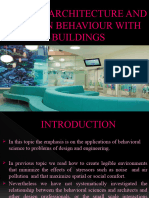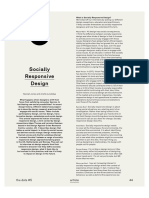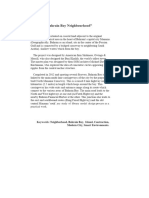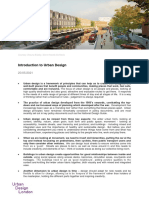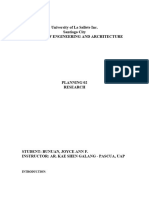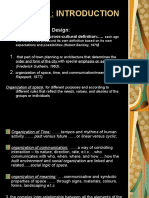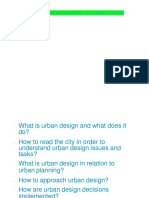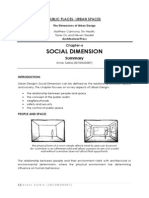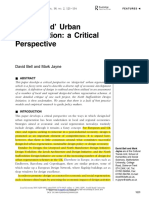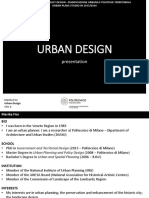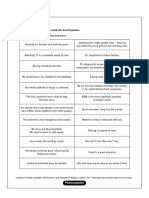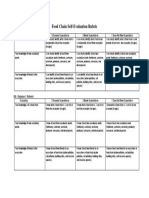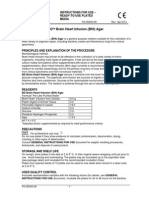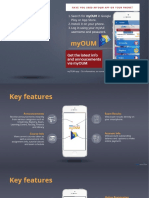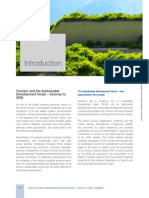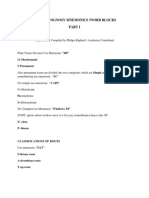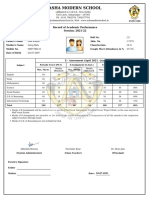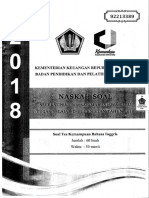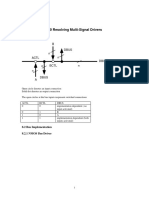0% found this document useful (0 votes)
45 views19 pagesTod Module2 1
The document discusses the role of designers in society and how that role has evolved over time. It notes that a designer's role depends on cultural, environmental, and human factors. Historically, societies expected designers to consider things like structural integrity for tombs in Egypt or accommodating particular animal cultures in Thailand. Later, Vitruvius believed design should be beautiful, durable, and convenient while John Ruskin said design should reflect what happens inside and look good. In the late 19th century, design was seen as a way to fulfill social needs and respond to societal context. Today, designers must identify problems, generate solutions, implement plans, and understand psychological impacts on society through rational, intuitive, creative and communicative skills.
Uploaded by
Drupadh EdvCopyright
© © All Rights Reserved
We take content rights seriously. If you suspect this is your content, claim it here.
Available Formats
Download as PDF, TXT or read online on Scribd
0% found this document useful (0 votes)
45 views19 pagesTod Module2 1
The document discusses the role of designers in society and how that role has evolved over time. It notes that a designer's role depends on cultural, environmental, and human factors. Historically, societies expected designers to consider things like structural integrity for tombs in Egypt or accommodating particular animal cultures in Thailand. Later, Vitruvius believed design should be beautiful, durable, and convenient while John Ruskin said design should reflect what happens inside and look good. In the late 19th century, design was seen as a way to fulfill social needs and respond to societal context. Today, designers must identify problems, generate solutions, implement plans, and understand psychological impacts on society through rational, intuitive, creative and communicative skills.
Uploaded by
Drupadh EdvCopyright
© © All Rights Reserved
We take content rights seriously. If you suspect this is your content, claim it here.
Available Formats
Download as PDF, TXT or read online on Scribd
/ 19

